Exoplanets & the Search for Habitable Worlds
Catch MIT scientist Sara Seager take you to the cutting edge and into the future, with a live blog (plus commentary) right here!
“Hundreds or thousands of years from now, when people look back at our generation, they will remember us for being the first people who found the Earth-like worlds.” –Sara Seager
The question of “are we alone” has been one that has captured the imagination of humans for at least as long as human thought has been written down, and the imperative follow-up questions seem to come as naturally as the sunrise.
- If we are alone, what is it about Earth and the conditions here that makes us so unique?
- If we’re not alone, where is everyone else, and what are they like?
It was only in the 1990s that we first discovered planets orbiting stars outside of our Solar System, an incredible discovery after thousands of years of wonder and hundreds of years of searching. In the span of the 20 or so years since, our knowledge of worlds beyond our own has exploded. Gas giants much more massive than Jupiter exist in great abundances; there’s a whole class of common planet larger than Earth but smaller than Neptune; and rocky worlds as small as the ones in our Solar System are not only common, they’re extremely common in-and-near the habitable zones of red dwarf stars, the most common and longest-lived class of star in the Universe.
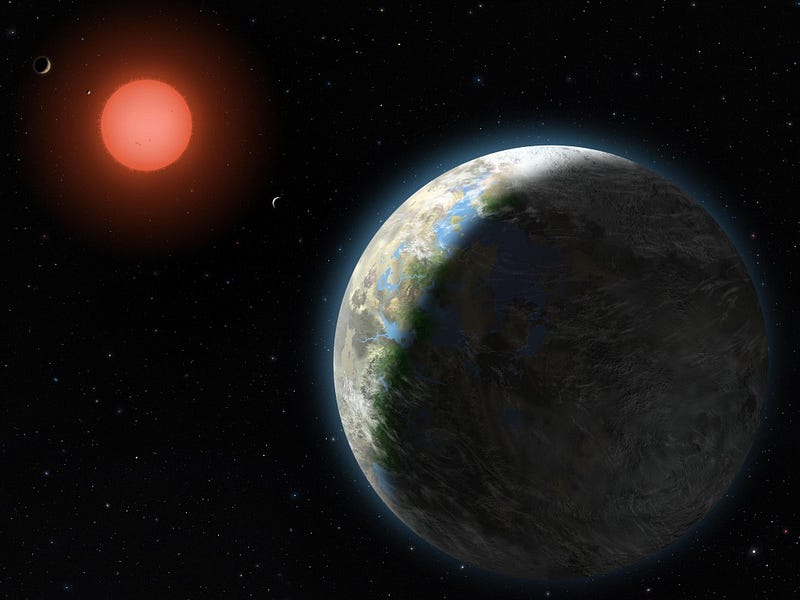
So the planets are there, the rocky planets are there, the rocky planets at the right distances from their stars for liquid water are there… and everything seems possible. If our best estimates for these planets are correct, there are literally billions of potentially habitable worlds in the Milky Way galaxy alone, right now.
But how do we take that great leap, the one from “potentially habitable” to “presently inhabited” worlds? The first surefire signs of life will come from a technique we’ve already begun pioneering: probing the molecular content of atmospheres of these potentially habitable worlds.
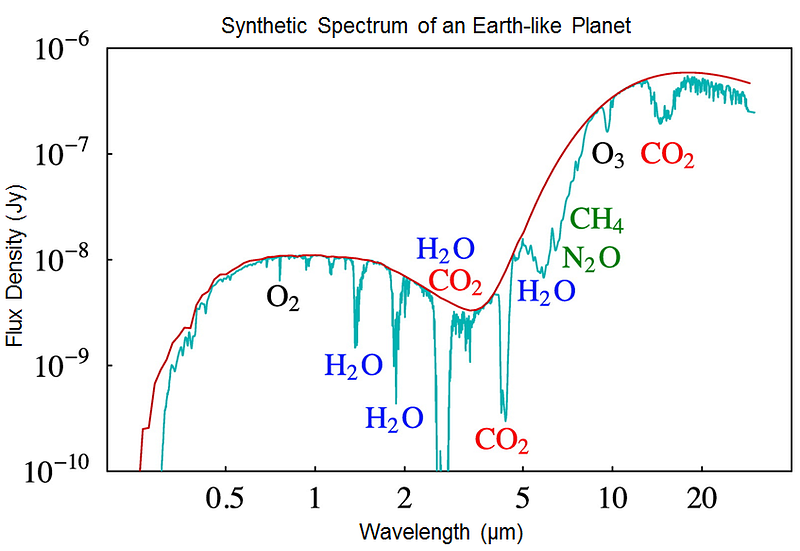
If the signatures of life are there — and in particular, if the signatures of life that we know to be present on Earth are found there — we’ll not only have our first victory, we’ll have a blueprint as to how to achieve many, many others. But to do that, we need the right equipment for the job. Enter Sara Seager and the brilliant idea that could bring us our first “yes” with nothing more than currently available technology: the Starshade.

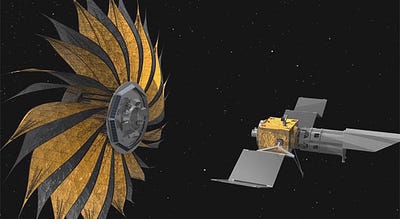

We’re prepared for alien life, all we have to do is go out and find it. In collaboration with Perimeter Institute’s presently ongoing conference, Convergence, I’m so pleased to bring you an exclusive: Sara Seager’s talk, Extrasolar Planets and the Search for Habitable Worlds, live, here, on Tuesday, June 23rd, 2015, at 4:10 PM EDT / 1:10 PM PDT. You can watch it live, below, and follow along to the live blog that will be posted here, updated continuously as the talk goes on!
https://www.youtube.com/embed/dnlG4lo0N60
Now that the event has happened, watch the video above — and her talk starts at the 24-minute mark — and enjoy!
Update 12:58 PM: My first encounter with Sara Seager came last year, when I was writing a piece on how I thought we’d first find signs of life in the Universe. The leading idea is that we’ll use exoplanet atmospheres, which we’ll measure the atmospheric content of through spectroscopy. As the sunlight from the parent star filters through the planet’s atmosphere, certain absorption features will be present, and by measuing the slight absence of certain types of starlight, we’ll be able to reconstruct exact what’s present, and in what ratios.
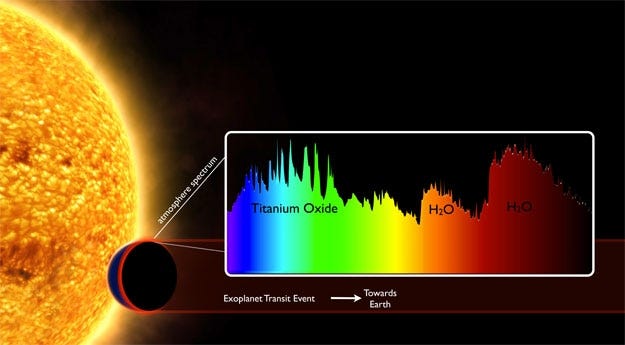
If the results we get are serendipitous, we’ll see signatures like water vapor, copious oxygen, some methane, all amidst a relatively inert, non-reactive (i.e., nitrogen-like) majority. That would be a “smoking gun” for life. Sara was kind enough to not only be an interviewee for me — giving me plenty of time and access to her — but she volunteered a whole slew of extra information, teaching me an incredible amount about exoplanet science and the landscape of potential future missions.
When the opportunity arose to pick a talk from Perimeter Institute’s Convergence conference, I just knew this would be the right one. It’s about to start, and I can’t wait!
Update 1:03 PM: It’s worth pointing out, before we get started, that measuring exoplanet atmospheres isn’t the only interesting thing to look for when it comes to these worlds. Consider the Earth, and when I say “consider it,” I mean imagine watching it from a distance as it does its daily dance.
Do you see how Earth rotates? Do you see how it has phases? Do you see how it has clouds (different, variable albedo), how it has continents and oceans (different colors and brightnesses, but that are static), and how you could learn all of that just by measuring its brightness in different color bands over time?
We could learn that for alien worlds, too, in exactly the same way.
Update 1:06 PM: And one more before we get started: if you want to measure an exoplanet’s atmosphere, you don’t have to wait until it’s aligned with its parent star in a transit. You could, in principle, block out the parent star’s light, and measure the incredibly faint luminosity of the reflected light, performing spectroscopy on that.

Measure the presence and concentration of atmospheric molecules directly — sure, it’s ambitious — and you’ve got the best of all possible worlds when it comes to this data!
Update 1:09 PM: This lame-jazz soundtrack with transitioning images reminds me of being on hold at the dentist’s office for some reason.

Someone introduce these Canadians to Herbie Hancock or something!
Update 1:11 PM: Maybe I shouldn’t have snarked at Canada like this. Getting the infinite spinner on my screen now, and this is all the way down at 144p resolution:
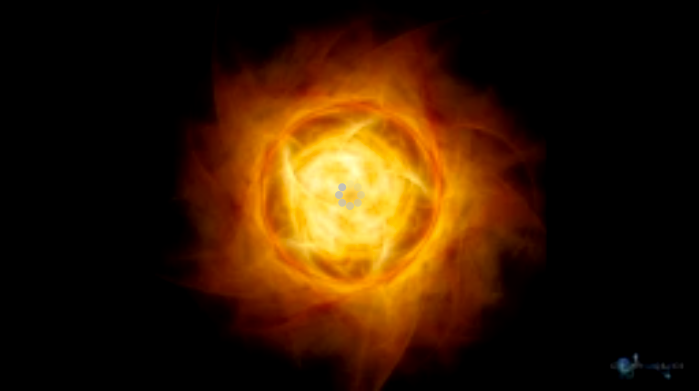
Update 1:15 PM: We’re here! Exoplanets live!
Update 1:18 PM: Why is exoplanetology so exciting? It’s not:
- going to find a new particle
- going to add to the standard model
- going to uncover the nature of dark matter
- or capable of discovering dark energy.

But it will give us the first chance to discover another Earth, whether it’s something almost identical to ours or tremendously different. But it’s where we’re going to find Earth-like life in the Universe. There’s so much out there that — even in the region of space near to us, where we can hunt planets — there’s got to be something amazing. The only question is when.
Update 1:22 PM: What has the Kepler mission done for us? Sara shows us her favorite graph, of all the planets out there, with-and-without Kepler data.

This is it! On the left, in yellow, is the Kepler planets. And we find that the most commonly-sized planet is not the Neptune-or-Jupiter sized objects, nor the small, rocky worlds like ours, but so far, it’s the in-between, super-Earth or mini-Neptune world, that’s the most common.
Update 1:24 PM: Some really cool ones: the Kepler 186 system, with five planets, including one Earth-sized one in that planet’s habitable zone.
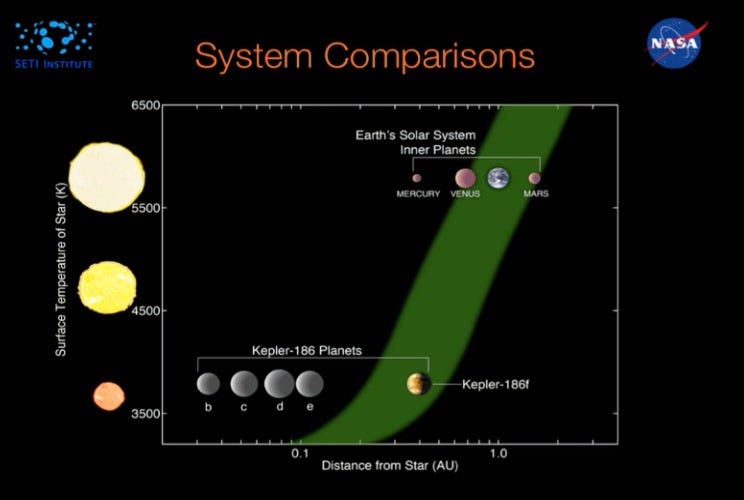
Also cool: the Kepler 16 system, with two suns, Kepler 10b, with planetary periods of less than one day, and Gliese 1214b, which transits its star and is a mystery: is it a rocky world, a water world, or a gaseous (hydrogen-helium envelope) world?
Update 1:29 PM: One cool thing about planets that we don’t realize very often: there’s a limit to how big they get. Not to how massive they get, but to how physically big they get in size!
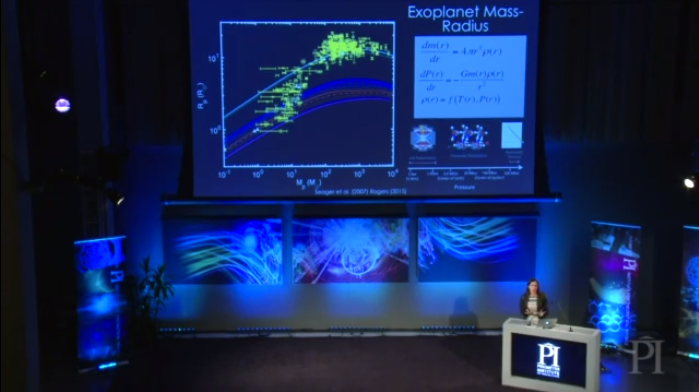
For a planet of a given composition, they get larger as you add more mass, but only up to a point. Keep adding mass, and they compress, reaching a maximum size until they start to shrink, as the pressure begins to compress the atoms in the core themselves. Jupiter is three times as massive as Saturn, but only 15–20% larger in radius, for example, and you can’t get much larger than Jupiter for a gas giant.
The graph above, by the way, ends when you reach enough mass that you’d ignite nuclear fusion, forming a star.
Update 1:33 PM: You know the old “habitable zone” picture?

Throw it out. Thin atmosphere, heated by the star, liquid water on the surface, and you’ve got a habitable zone, right?
Only we know how sensitive just the worlds in our Solar System are to atmospheric composition — Mars, Earth, and Venus are great examples — and if you replaced Venus and Mars with one another, perhaps they’d both be habitable!
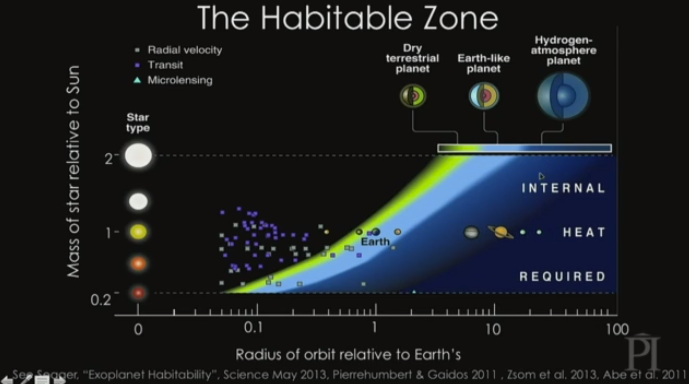
These hydrogen/helium envelopes around super-Earths (or mini-Neptunes) could heat worlds that are farther out. Hydrogen is a very potent greenhouse gas, and could mean that you could have Jupiter-like distance planets that are potentially habitable beneath their gas giant “part.” (Remember, there’s a rocky core down there!)
Update 1:37 PM: Up yours, Spock!

We don’t need to travel to planets to measure their atmospheres; the final Hubble servicing mission really led us to exoplanet spectroscopy. When the transiting planet crosses the disk of the Sun, the “atmosphere” part absorbs some of that Sun’s light, leading to the possible detection of the components of the atmosphere!
Hubble can get down to atmospheres of Neptune-sized worlds around stars that are maybe 10% the mass of the Sun. Bigger stars or smaller planets, unfortunately, require bigger and better telescopes.

Update 1:41 PM: Good news, climbers! Know how air gets thin when you climb mountains and get altitude sickness? An e-folding of atmospheric pressure is lost every time you climb 8 km in elevation. On Earth. But if you have a hydrogen/helium envelope around your planet? That gets better by like a factor of 20. Go climb that mountain, and leave your oxygen at home.
Update 1:44 PM: But what about biosignatures in these atmosphere? Without life on Earth, Oxygen is the biggest one: our non-organic oxygen content is ten orders of magnitude less than the organic component.
In other words, organic, life-made oxygen is 99.99999999% of the oxygen on Earth.
Update 1:47 PM: Smell a pine tree? That’s an organic gas, where it’s literally 100% organic. But how do you detect that; there’s far too little of it!
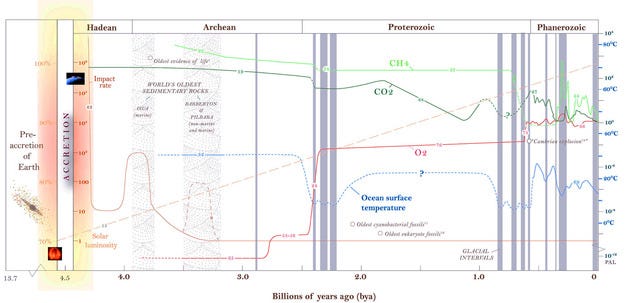
So then, how can you detect an unambiguous biosignature… that’s actually detectable? Hard problem! There are ideas out there — and Sara has some — but no definitive answer. (In fact, it’s easy to make things inorganically, and that makes the problem all that much harder.)
Update 1:50 PM: Here are two fun facts:
- About 20 small planets (Earth-ish) are found in the traditional habitable zones of their stars so far. We know they’re out there, and we expect they’re tremendously abundant: perhaps as many as in 10%+ of all stars.
- But we haven’t actually been able to measure their atmospheres or their temperatures. And we need to.
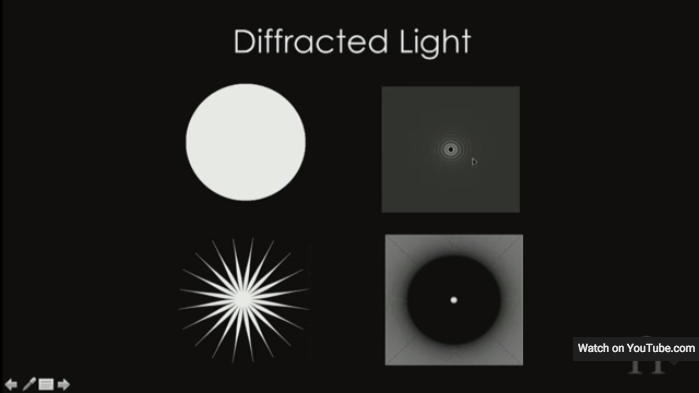
Update 1:52 PM: You think of blocking the light from a star with a disk, most likely, to look for planets. But if you do, because of light, you get a diffraction pattern. Sure, the pattern is 100,000 times fainter than the star you’re blocking, but an Earth-like world is 10,000,000,000 times fainter than that star!
So what can you do? You can build this “sunflower” shaped star-shade, which leaves you a clear, clean shadow, where you can actively look for an Earth-like world’s brightness. And that’s the idea of the star-shade, and it can be added or applied to any telescope, including James Webb!
Good talk! Lots of information, and now it’s time for Q&A.
Update 1:56 PM: Really important point, can you be 100% sure you have a biosignature gas, even a decade or two from now? No. But you can have, hopefully, multiple independent lines of evidence from many worlds, and point to “this set of conditions” that very, very likely means, “there is life here.”
Update 1:58 PM: Can you measure & study the magnetic fields of planets, to look for magnetospheres? Do you need a Jupiter? Do you need to find all of these things to find a sign of life? This is, again, the problem with wanting all the information: we don’t have the capabilities of doing it. Perhaps there’s hope for the Spock approach after all!
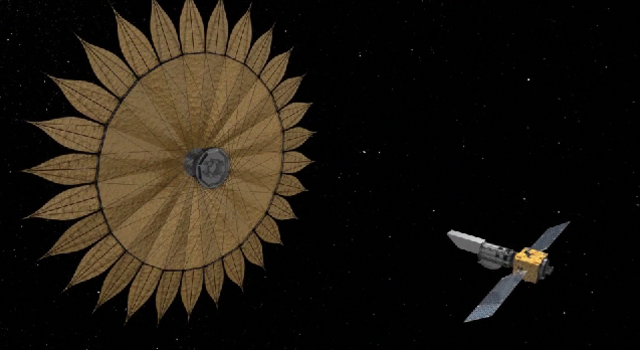
Update 2:01 PM: Why have the starshade so far away from the telescope in space? Because the shadow needs to be perfect over a wide range. You want spectroscopy not just at a particular wavelength, but over a wide set of wavelengths. So you want a big, sunflower-like shade a long distance away.
Update 2:03 PM: Of great interest to my epic, $1,000 bet with Robert Garisto, the methane detected on Mars! Methane is a biosignature gas, but there are plenty of ways to produce methane inorganically. So what is the methane on Mars? The answer is: inconclusive. We need more information, and so until we have it… we can’t draw a definitive conclusion. The methane is there, but is it organic? We don’t yet know.
Thanks for a great talk, a great Q&A, and to Sara and Perimeter for making it happen. Hope you enjoyed the live-blog and the talk!
Leave your comments at our forum, and support Starts With A Bang on Patreon!




